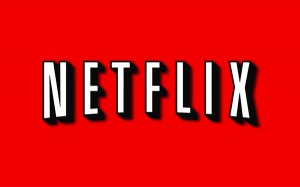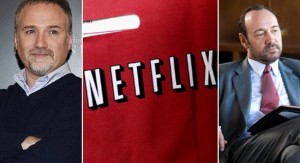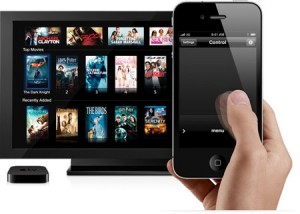A new report from Ontario-based Sandvine indicates Netflix video streaming content currently accounts for the single greatest source of peak downstream Internet traffic in the U.S. (recently reported as 29.7 percent, up from 21 percent last fall).
 According to TechCrunch: “That puts Netflix above HTTP websites (18 percent), BitTorrent (11 percent), and YouTube (10 percent) as a source of downstream traffic during peak times in North America. (BitTorrent still accounts for half of all upstream traffic). As whole, ‘real-time entertainment’ (which is mostly video streaming, but also includes streaming music) accounted for 49 percent of downstream traffic in March 2011, versus 19 percent for P2P file sharing, and 17 percent for Web browsing.”
According to TechCrunch: “That puts Netflix above HTTP websites (18 percent), BitTorrent (11 percent), and YouTube (10 percent) as a source of downstream traffic during peak times in North America. (BitTorrent still accounts for half of all upstream traffic). As whole, ‘real-time entertainment’ (which is mostly video streaming, but also includes streaming music) accounted for 49 percent of downstream traffic in March 2011, versus 19 percent for P2P file sharing, and 17 percent for Web browsing.”
The Global Internet Phenomena Report: Spring 2011 from Sandvine also offers the following observations:
- Real-Time Entertainment traffic is continuing its journey to network dominance, particularly in North America, where it represents 49.2% of peak period fixed access traffic. If this rate of growth is sustained, Real-Time Entertainment will make up 55-60% of traffic by the end of the year.
- The continued growth of Real-Time Entertainment enables a seemingly contradictory conclusion: P2P Filesharing is here to stay, at least for the immediate future, as evidenced by the marginal drop in share from 19.2% of peak period traffic in Fall 2010 to 18.8% in Spring 2011.
- The composition of upstream traffic on Latin America’s mobile networks has changed dramatically since the previous study. P2P Filesharing has supplanted Real-Time Entertainment to become the largest consumer of upstream capacity, accounting for 46.4% of uploaded bytes.
- Europe’s networks reflect rapidly shifting user preferences. Levels of P2P Filesharing and Web Browsing traffic have changed dramatically since 2009, with no consistent trend appearing. Nevertheless, an important exception in this dynamic market is the Real-Time Entertainment category, which continues to grow steadily.
Related Bloomberg article: “Netflix Offers Streaming Movies on Google Android Phones” (5/12/11)







